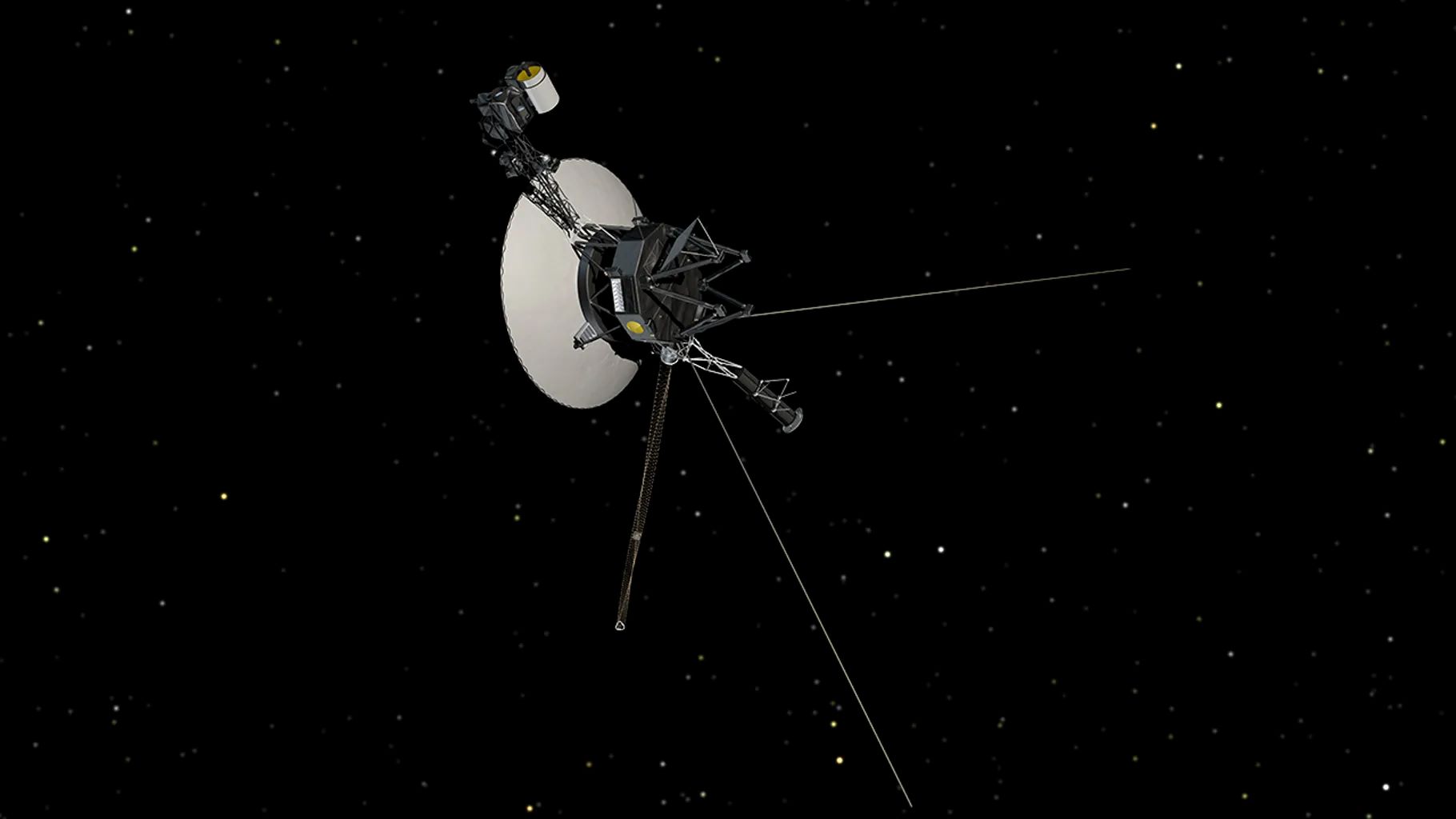
In a testament to human engineering and perseverance, NASA’s legendary Voyager 1 spacecraft has resumed normal operations after a period of communication difficulties that had left mission controllers unable to receive clear data from the intrepid explorer.
The spacecraft, which launched in 1977 and became the first human-made object to enter interstellar space in 2012, had recently turned off one of its two radio transmitters, leading to a pause in communication between Earth and the probe.
“The transmitter shut-off seems to have been prompted by the spacecraft’s fault protection system, which autonomously responds to onboard issues,” an update from NASA said.
“For example, if the spacecraft overdraws its power supply, fault protection will conserve power by turning off systems that aren’t essential for keeping the spacecraft flying. But it may take days to weeks before the team can identify the underlying issue that triggered the fault protection system,” the update said.
NASA/JPL-Caltech
The recovery required innovative problem-solving from NASA’s engineering team, which had to work with technology designed nearly half a century ago. The team developed new commands to diagnose and address the communications problem, carefully considering the spacecraft’s aged systems and the extreme distances involved.
At a distance of approximately 15 billion miles (24 billion kilometers) from Earth, Voyager 1 continues to push the boundaries of human exploration. At this distance, it takes almost a full day for a signal to reach Earth from Voyager and vice versa.
The spacecraft’s return to normal operations ensures that it can continue its mission of studying interstellar space and sending back valuable data about regions never before explored by human-made objects.
The successful recovery of Voyager 1’s systems not only allows for continued scientific observations. It also provides valuable experience for NASA engineers in maintaining communication with distant spacecraft—knowledge that will prove crucial for future deep space missions.
Despite its advanced age and the extreme conditions of interstellar space, Voyager 1 continues to operate with several functioning instruments, gathering unprecedented data about the space between stars.
The spacecraft’s power supply is expected to last until approximately 2025, after which it will no longer be able to power its scientific instruments. Still, the Deep Space Network operated by NASA should be able to stay in touch with it into the 2030s.
A similar loss-of-contact incident happened earlier this year, to much more dramatic effect, when Voyage 1 lost contact with Earth after five months of sending nothing but gibberish back to us.
The update said: “Voyagers 1 and 2 have been flying for more than 47 years and are the only two spacecraft to operate in interstellar space. Their advanced age has meant an increase in the frequency and complexity of technical issues and new challenges for the mission engineering team.”
NASA is now working to determine what caused the problems.
Do you have a tip on a science story that Newsweek should be covering? Do you have a question about the Voyager missions? Let us know via science@newsweek.com.
